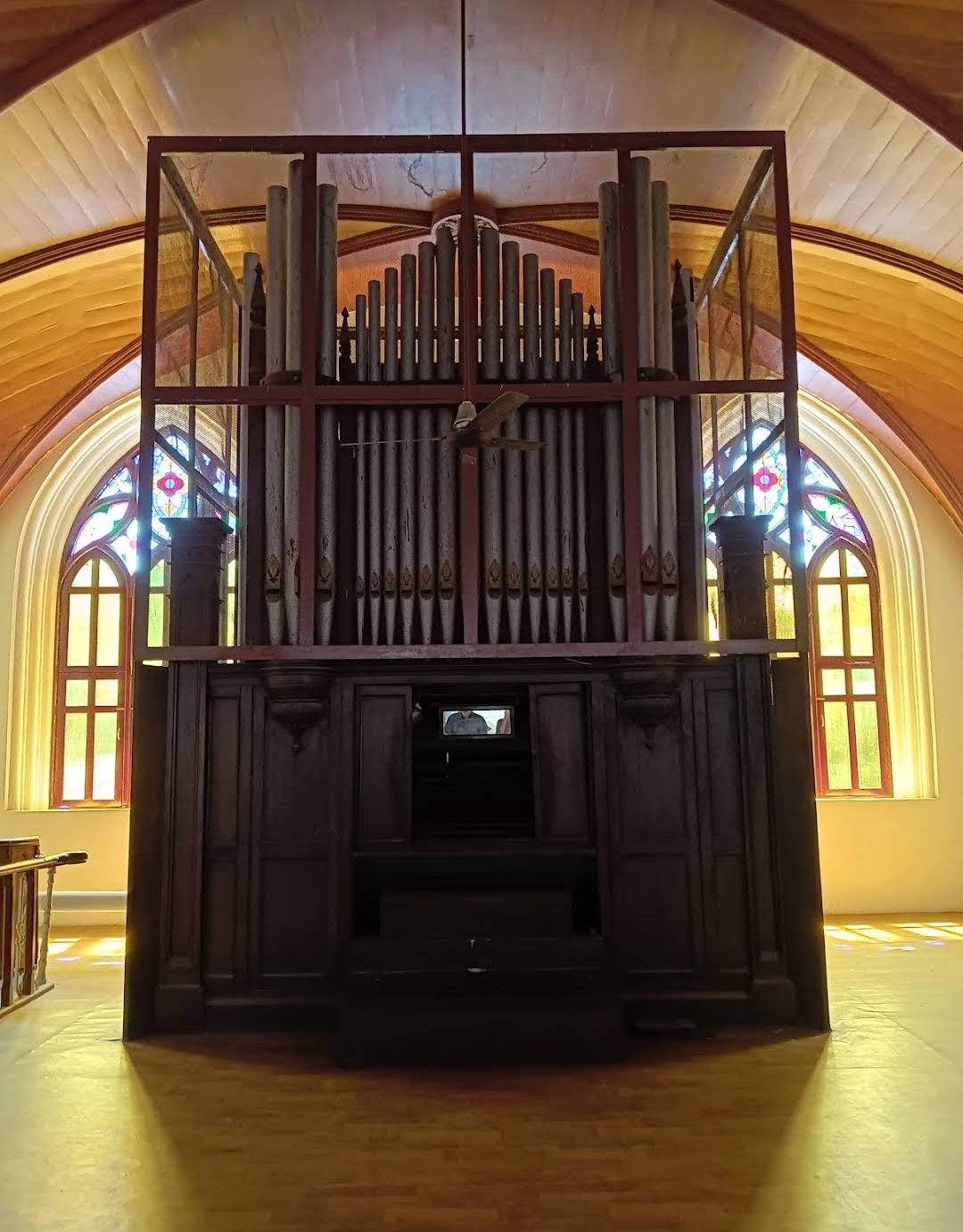San Thome Basilica stands as a profound testament to the enduring legacy of Christianity in South India, embodying centuries of spiritual heritage and cultural transformation. The basilica's origins trace back to the remarkable journey of St. Thomas, an apostle who arrived in the subcontinent around 52 CE and ultimately met martyrdom near modern-day Chennai. His profound impact on the region's religious landscape resonates through this magnificent neo-Gothic structure, which commemorates his extraordinary missionary work and ultimate sacrifice.
The architectural marvel represents more than a mere religious edifice; it symbolizes a complex narrative of cultural interaction, religious adaptation, and historical resilience. Portuguese missionaries first established a church on this sacred site in 1523, encountering an existing local Christian community with distinctive Syriac traditions. This initial encounter marked the beginning of a nuanced religious dialogue that would shape the subsequent centuries of Christian practice in the region.
Architecturally, the basilica is a stunning representation of neo-Gothic design, featuring intricate stained glass paintings, life-sized apostolic portraits, and a commanding steeple that dominates the Chennai skyline. The current structure, constructed by the British in the late 19th century, maintains the original spiritual essence while reflecting the architectural sensibilities of its colonial builders. Its museum houses remarkable artifacts, including the spearhead associated with St. Thomas's martyrdom, offering visitors a tangible connection to ancient spiritual narratives.
The church's significance extends far beyond its architectural beauty. It is one of only three churches worldwide built directly over an apostle's tomb, placing it in the remarkable company of St. Peter's Basilica and Santiago de Compostela Cathedral. This distinction elevates San Thome from a mere local landmark to a site of global Christian pilgrimage, drawing visitors seeking spiritual connection and historical understanding.
Cultural and religious traditions converge within the basilica's hallowed walls. The area behind the altar, meticulously adorned for ceremonial High Mass, represents a living spiritual tradition that has survived centuries of political and social transformations. The church's recognition as a National Shrine in 2004 by the Catholic Bishops' Conference of India further underscores its profound cultural and religious importance.
The basilica's history mirrors the broader narrative of Indian Christianity, reflecting the complex interactions between local traditions and external religious influences. From the early Syriac Christian communities to the Portuguese and British interventions, the site embodies a dynamic spiritual landscape that has continuously evolved while maintaining its core theological identity.
Modern visitors to San Thome Basilica encounter not just a religious monument but a living museum of spiritual and cultural heritage. The site continues to attract pilgrims, tourists, and scholars alike, offering insights into the rich tapestry of religious syncretism that characterizes Indian cultural experience. Its preservation and ongoing significance demonstrate the enduring power of faith and cultural memory.
The basilica remains a powerful symbol of spiritual continuity, bridging ancient apostolic traditions with contemporary religious practice. Its walls echo with stories of miraculous encounters, missionary courage, and the profound spiritual journey of St. Thomas, inviting contemporary visitors to connect with a deeply rooted historical and spiritual narrative that transcends temporal boundaries.







